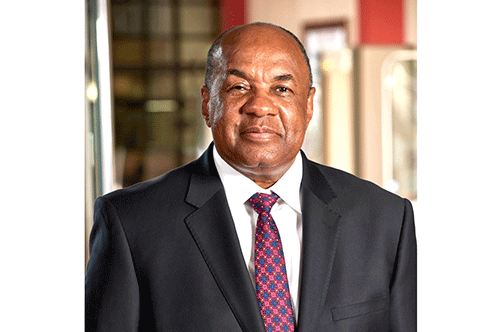The central bank’s Monetary Policy Committee (MPC) unanimously decided to reduce the repo rate by 25 basis points to 7% yesterday. This move provides much-needed relief to consumers who have been suffering in a high-interest rate environment for too long.
According to a Bank of Namibia (BoN) statement, issued by governor Johannes !Gawaxab, this decision was reached to continue supporting the domestic economy while safeguarding the peg between the Namibia Dollar and the South African Rand.
“In deciding on this policy stance, the MPC also considered the policy rate differential with the South African Reserve Bank, with a keen desire to close the gap over the medium term. Furthermore, the committee welcomed the current fiscal policy stance, which is supportive of macroeconomic stability, underlining the importance of government’s growth-friendly fiscal path and investment in growth-enhancing initiatives. Finally, the MPC deliberated on the potential implications of the SARB’s proposed downward revision of its inflation target for both South Africa and Namibia’s monetary policy and inflation trajectories,” !Gawaxab stated.
Meanwhile, BoN noted that domestic economic activity continued to expand during the first 10 months of 2024. “The domestic disinflationary process progressed steadily since the previous MPC meeting, while growth in Private Sector Credit Extension (PSCE) improved despite remaining subdued. The merchandise trade deficit widened further, while the stock of international reserves remained sufficient to maintain the currency peg and meet the country’s international financial obligations,” !Gawaxab added.
Also, expected real GDP growth has been revised upwards since the last MPC meeting. From 4.2% in 2023, real GDP growth for 2024 as a whole is projected to moderate to 0.4 percentage points higher relative to the projection at the previous MPC meeting.
The upward revision emanated from a stronger-than-anticipated performance in the primary industry, especially gold mining. Likewise, the growth projection for 2025 has been marginally revised upwards by 0.1 percentage point to 4.0%.
Moreover, BoN noted that risks to the domestic economy stemming from external factors have gained more prominence, while those from domestic factors remained broadly stable relative to the previous MPC meeting.
“External risks include the escalation of geopolitical tensions, geoeconomic fragmentation, and weaker global demand. Other risks are sovereign debt distress, renewed fluctuations in commodity prices, and the contraction in the Chinese property market. Internally, drought conditions and water supply interruptions continue to pose downside risks to the growth outlook, particularly in coastal towns,” !Gawaxab added.


